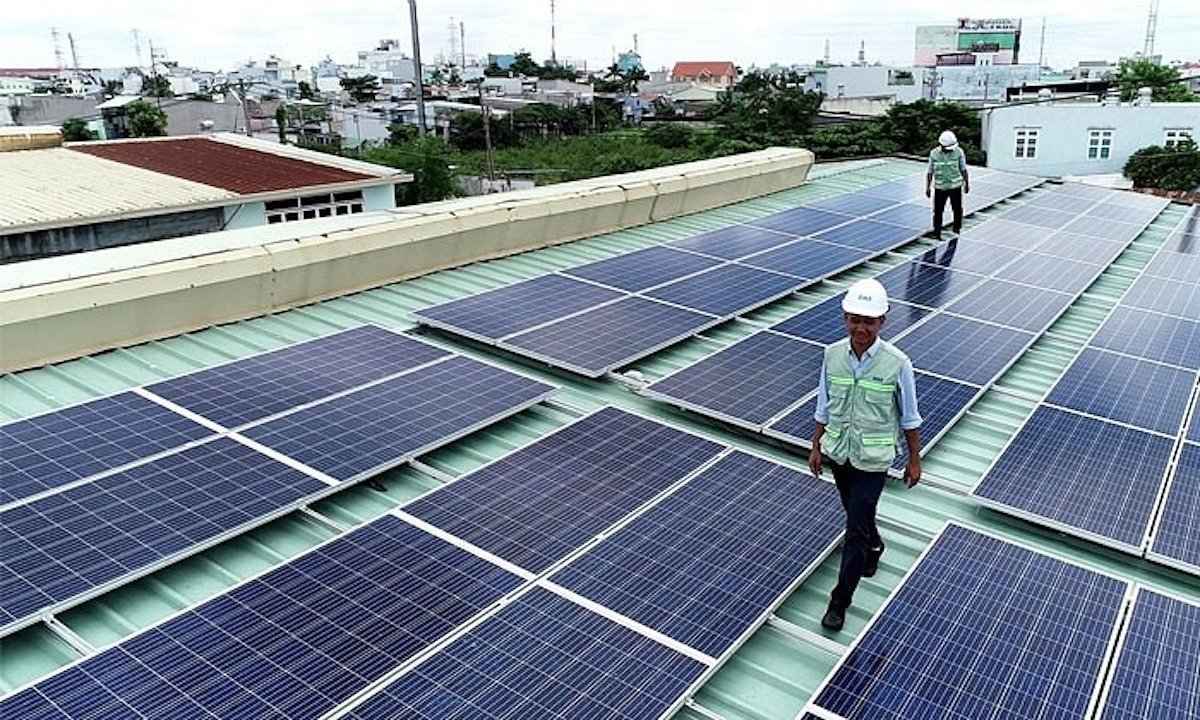
Vietnam generates a significant part of its electricity from coal- and gas-based thermal power plants, as well as a vast number of hydropower plants. To alleviate the climate change effects of thermal power generation, the government is turning towards renewable power generation sources. The Vietnamese power sector presents significant opportunities for renewable energy, with wind, solar power, and biopower holding large potential for development. Against this backdrop, the country’s cumulative renewable capacity is forecast to reach 112.1GW in 2035, registering a compound annual growth rate (CAGR) of 14.3% during 2024-35, according to GlobalData, a leading data and analytics company.
GlobalData’s latest report, “Vietnam Power Market Outlook to 2035, Update 2025 – Market Trends, Regulations, and Competitive Landscape,” reveals that during 2020-24, Vietnam’s renewable power generation increased from 21.1TWh in 2020 to 38.5TWh in 2024, registering a CAGR of 16%. During 2024-35, it is expected to further increase to 179.6TWh in 2035, growing at a CAGR of 15%.
(1).png)
Attaurrahman Ojindaram Saibasan, Senior Power Analyst at GlobalData, comments: “The government has announced feed-in tariffs (FiTs), revised Power Development Plan 8 (PDP 8), and other policies for the development of renewable energy in the country. While hydropower potential is nearly fully exploited, the expansion potential for wind, solar and biomass remains high and largely untapped.”
Hydropower, as the main source of power generation, has its own risks. Vietnam’s climate is dictated by two monsoon seasons each year, meaning that depleted water levels could drastically reduce generation levels and force reliance on coal-based plants. However, the increase in thermal resources in power generation has been a source of concern as Vietnam’s coal reserves are depleting.
Vietnam has been struggling to develop its energy industry due to a lack of state funds. According to the Ministry of Industry and Trade (MoIT), small hydropower can still be expanded, but, in general, Vietnam’s hydropower potential has almost been fully exploited, oil and gas reserves are running low, and the country recently went from a net exporter to net importer of coal.
The Vietnamese government has articulated distinct energy development strategies through a series of national power development plans, with the most recent being PDP 8, which spans from 2023 to 2030. PDP 8 advocates for a diversified energy portfolio that includes natural gas, coal, hydroelectric, solar, and wind power, with the long-term goal of attaining net-zero emissions by 2050.
Saibasan continues: “These plans are designed to triple the installed power capacity by 2030, bolster the growth of renewable energy, and uphold national energy security. The government has proactively encouraged foreign and private sector investment in power generation by implementing public-private partnerships (PPPs), establishing FiTs for solar and wind energy, and easing licensing regulations.”
Saibasan concludes: “Large-scale energy projects in Vietnam, particularly those involving renewables and liquefied natural gas (LNG) terminals, necessitate substantial capital investment. Nonetheless, persistent financing constraints arise from regulatory uncertainty, the absence of bankable power purchase agreements (PPAs), and restricted access to long-term financing at advantageous rates. The government is looking to address this by implementing favorable policies for investors.”



